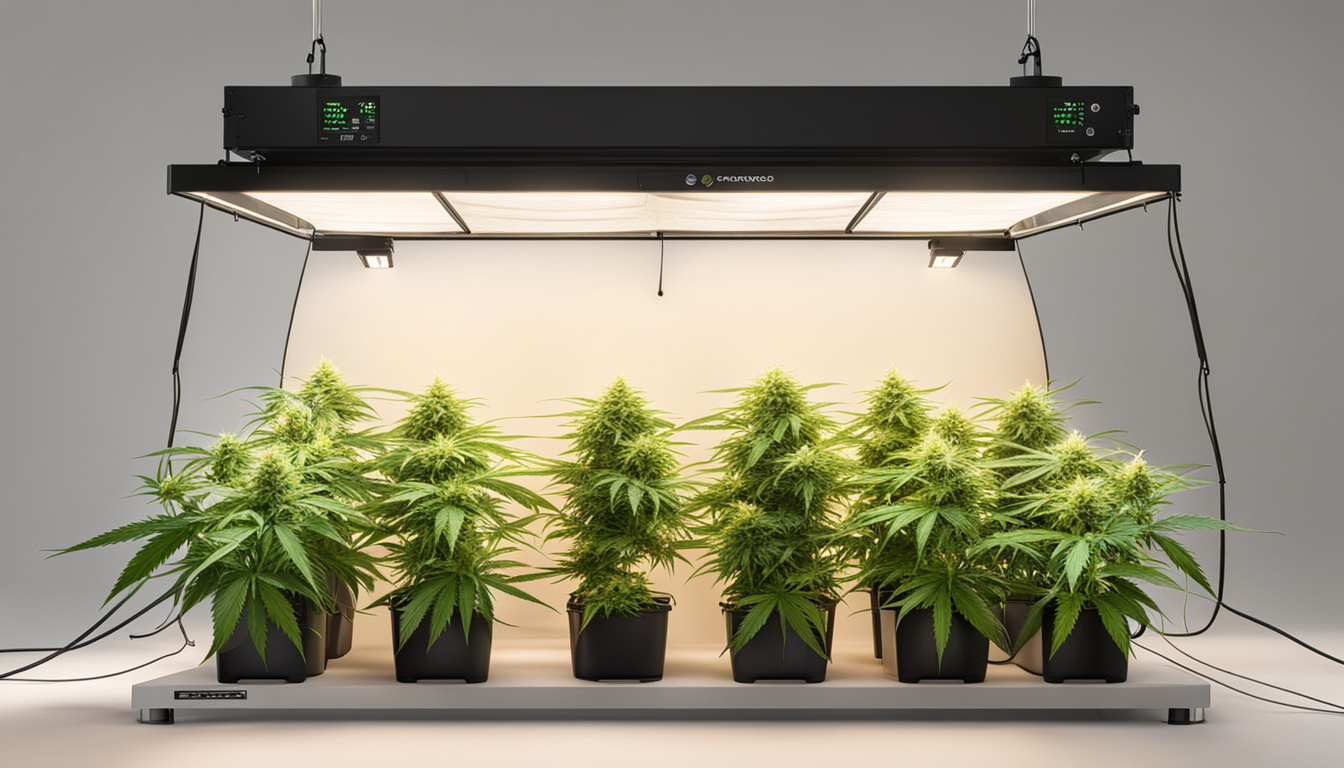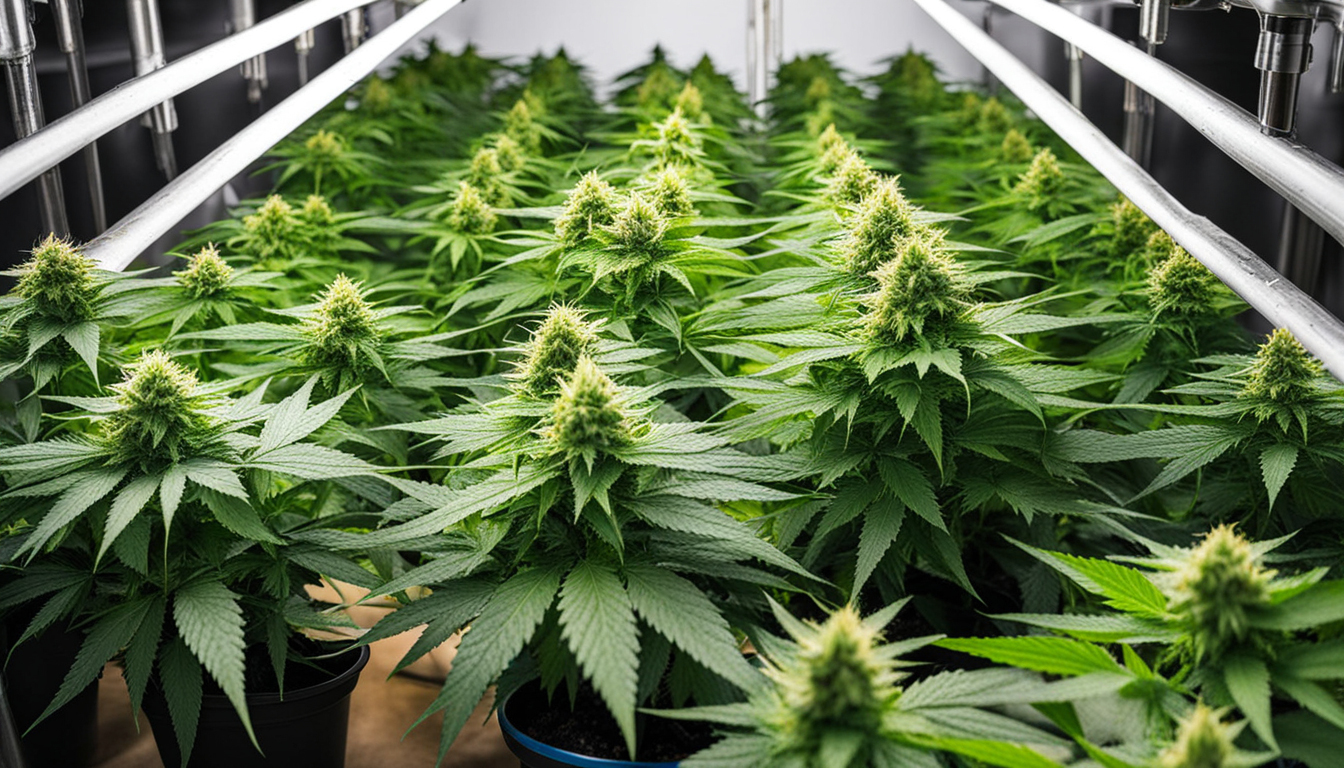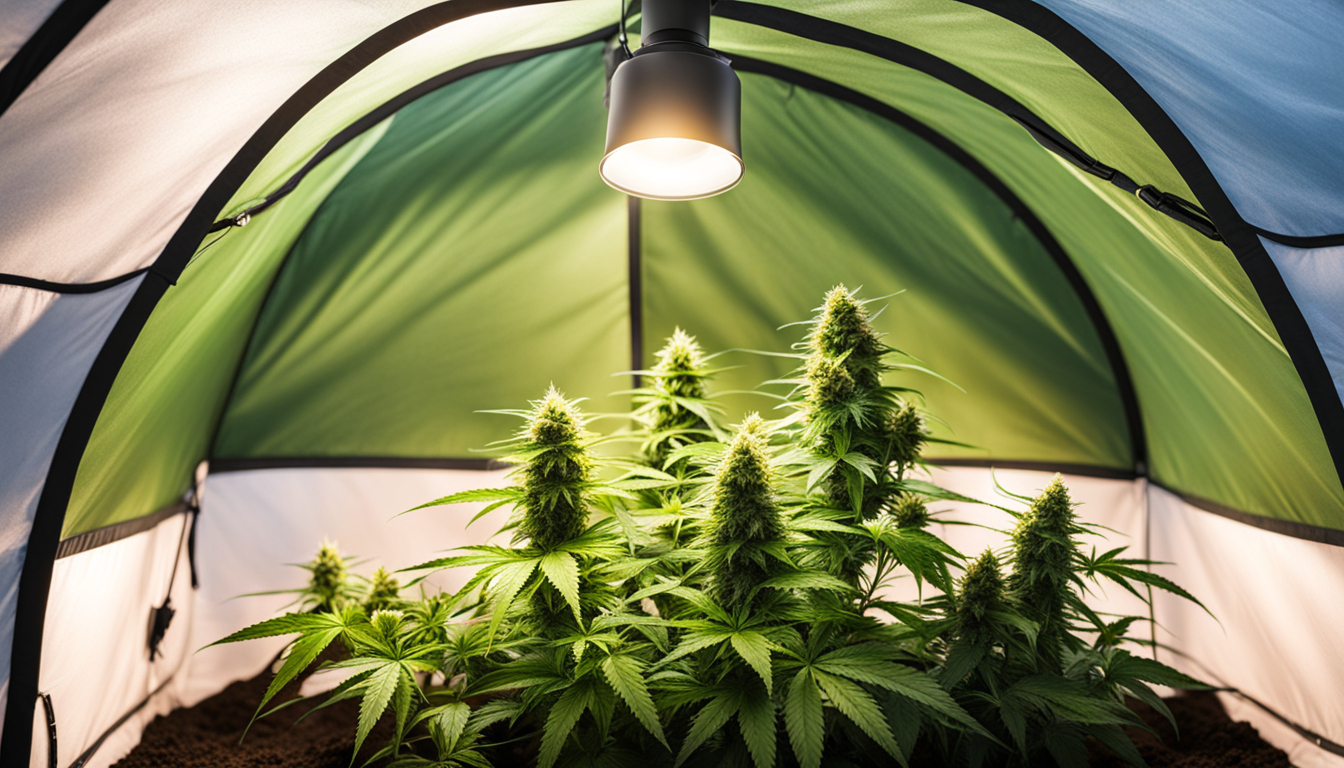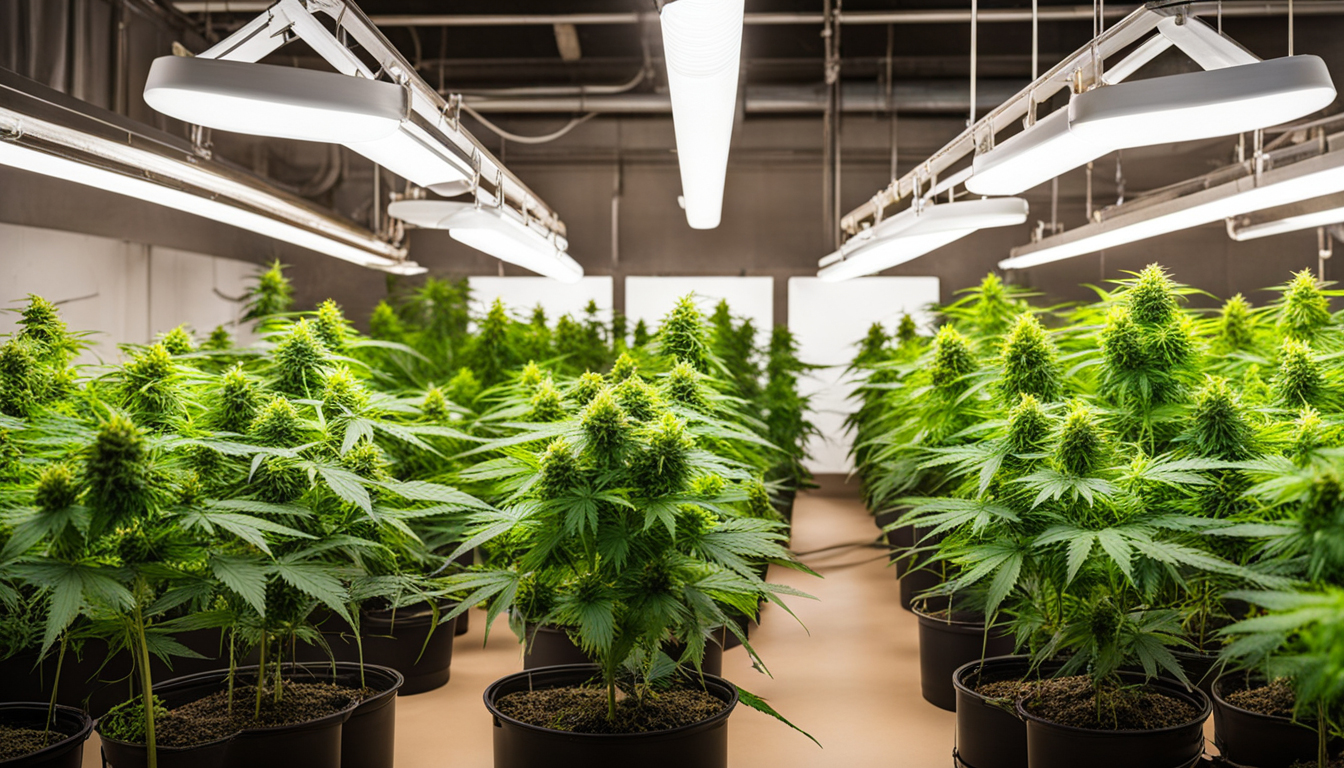
Whether you're just starting out with pot cultivation or looking to improve your existing crop, following this complete guide will help you produce bountiful, high-quality yields right at home. With the right supplies, techniques, and care, cultivating marijuana indoors can be an extremely rewarding and cost-effective endeavor.
Choosing Cannabis Strains
The first step in planning your indoor crop is choosing the right pot strains to produce. The three main types of pot plants each have their own characteristics.
Sativas
Known for their invigorating mental effects, these strains spread tall and slender with narrow leaves. They thrive in warmer equatorial climates and have a longer flowering time between 10-12 weeks indoors. Top sativa strains include Jack Herer, Durban Poison, Super Lemon Haze, and Jack Herer.
Relaxing strains
These strains provide calming body-focused effects and grow short and bushy with broad leaves. Accustomed to colder mountain climates, they bloom faster within 2-2.25 months. Popular relaxing varieties include Northern Lights, Bubba Kush, and Bubba Kush.
Mixed strains
Mixed varieties mix traits from both energizing strains and relaxing strains. They offer blended effects and have medium blooming times around 2.25-2.5 months. Popular hybrids are OG Kush, Girl Scout Cookies, and Blue Dream.

Setting Up Your Grow Space
Cannabis plants need the right controlled environment to flourish. Key factors for indoor cultivations are lights, ventilation, layout, and finding the ideal discreet spot.
Location
Choose an unused space with easy access to irrigation and power outlets. An empty extra bedroom, unused closet, basement corner, or grow tent securely placed in a garage all make great discreet cultivation room spots.
Lighting
Weed requires intense light for all growth stages. LEDs are efficient and come in full spectrum options replicating real sunlight. Cover 250-400 watts per sq. ft for the vegetative stage and 400-600 watts per sq. ft. for flowering.
Ventilation
Proper ventilation and exhaust systems maintain ideal temperature, moisture, and fresh CO2 levels. Set up silent 4-6 inch blowers or carbon filters to refresh old air and eliminate odors.
Layout
Optimize your space by positioning plants strategically under the lamps and allowing room to access and work around them. Set up distinct zones for vegetation, flowering, curing, and cloning.

Cultivation Substrates
Weed can be cultivated in different substrates, each with pros and cons. Pick a proper option for your specific setup and cultivation style.
Soil
The traditional medium, soil is inexpensive and easy for new growers. It provides great taste but needs more watering and nutrients to nourish plants. Enrich soil with vermiculite or coco to improve drainage.
Coconut coir
Made from coconut husks, renewable coco coir holds water but still lets in air to the roots. It's cleaner and more consistent than soil. Use coco-specific nutrients to prevent calcium buildup.
Water systems
In water systems, plant roots grow right in fertilizer water solution. This enables rapid growth but needs careful monitoring of solution chemistry. Deep water culture and irrigation systems are common techniques.
Sprouting Seeds
Germination prepares your cannabis seeds to begin growing taproots. This prepares them for transplanting into their cultivation medium.
Paper Towel Method
Put seeds between wet paper towels and maintain them moist. Check after a week for emerging radicles showing germination is complete.
Planting directly
Insert seeds directly into pre-moistened cultivation medium 6mm deep. Gently water and wait 1-2 weeks until sprouts break through the Discover More top.
Rockwool Cubes
Presoak cubic rockwool starters in balanced water. Insert seeds 1⁄4 inch deep into the cubes. Keep cubes wet until sprouts emerge within a week to 2 weeks.
Repotting Seedlings
Once germinated, pot seedlings need to be transplanted to prevent crowding. Move them into proper sized containers.
Preparing Containers
Fill large containers with cultivation medium amended with slow-release fertilizer. Let pots to absorb water overnight before repotting.
Gently repotting
Carefully separate seedling roots from sprouting medium using a spoon. Place into prepared pot at equal depth as before and Send a Message gently water in.
Growth Stage
The vegetative stage promotes leafy growth and plant structure through 3/4 to full day of continual lighting intensity. This stage usually lasts 4-8 weeks.
Providing 18-24 Hours of Light
Use grow lights on a 24 hour schedule or outdoor light to initiate constant growth. Lamp output influences height and internodal spacing.
Fertilizing
Use vegetative stage fertilizers richer in N. Make sure pH remains around 5.8-6.3 for full fertilizer uptake. Feed 1⁄4 to 1⁄2 strength after 2 weeks and strengthen slowly.
LST and topping
Fimming, LST, and trellising direct shoot patterns for even canopies. This increases yields.

Bloom Stage
The blooming stage develops buds as plants show their sex under a 12/12 cycle timing. It lasts 2-3 months depending on strain.
Switching to 12/12
Change lamps to 12 hours on, 12 hours off or move outdoors for outdoor 12 hour cycle. This signals plants to start blooming.
Flushing
Leaching flushes out fertilizer residuals to improve taste. Feed lightly the first weeks then just use plain water the last 2 weeks.
Flushing
Maintain 12/12 light timing but flush using pH-balanced water only. Return to plain watering if buds aren't ripe after two weeks.
Reaping
Recognizing when weed is fully ripe delivers peak cannabinoid content and aroma. Harvest plants at peak ripeness.
Signs of readiness
Look for swollen calyxes, faded pistils, and 10-15% amber trichomes. Inspect buds across the plant as they don't all mature evenly.
Harvesting plants
Use clean, sharp pruning shears to gently cut each plant at the base. Leave 5-10cm of stem attached.
Drying
Suspend whole plants or colas inverted in a dark room with moderate temp and humidity around 45-65% for 7-14 days.
Curing
Aging continues desiccating while improving the buds like aged spirits. This Subscribe Now process mellows bitterness and further develops terpene and terpene profiles.
Jars and Humidity
Manicure dried buds from branches and store into glass jars, packing about 3⁄4 full. Use a hygrometer to monitor jar moisture.
Opening jars daily
Open containers for a few hours each day to gradually lower moisture. Remoisten buds if RH drops below 55%.
Long term storage
After 2-3 weeks when moisture stabilizes around 55-60%, perform a last trim and keep long-term in airtight jars.
Common Problems and Solutions
Even seasoned cultivators run into various marijuana plant problems. Identify problems early and fix them properly to keep a healthy garden.
Poor feeding
Yellowing leaves often signify insufficient nitrogen. Anthocyanins and leaves show low phosphorus. Check pH and boost nutrients slowly.
Bugs
Spider mites, fungus gnats, mites, and root aphids are frequent cannabis pests. Use organic sprays, ladybugs, and yellow traps for organic control.
Mold
Excessive humidity promotes powdery mildew and root rot. Improve airflow and venting while lowering RH below 50% during flowering.

Conclusion
With this complete indoor pot cultivation guide, you now have the knowledge to cultivate bountiful potent buds for personal harvests. Apply these steps and techniques during the germination, vegetative, and flowering stages. Spend in good gear and carefully monitor your plants. In time, you'll be compensated with sticky fragrant buds you grew yourself under the loving care of your green thumbs. Good luck cultivating!